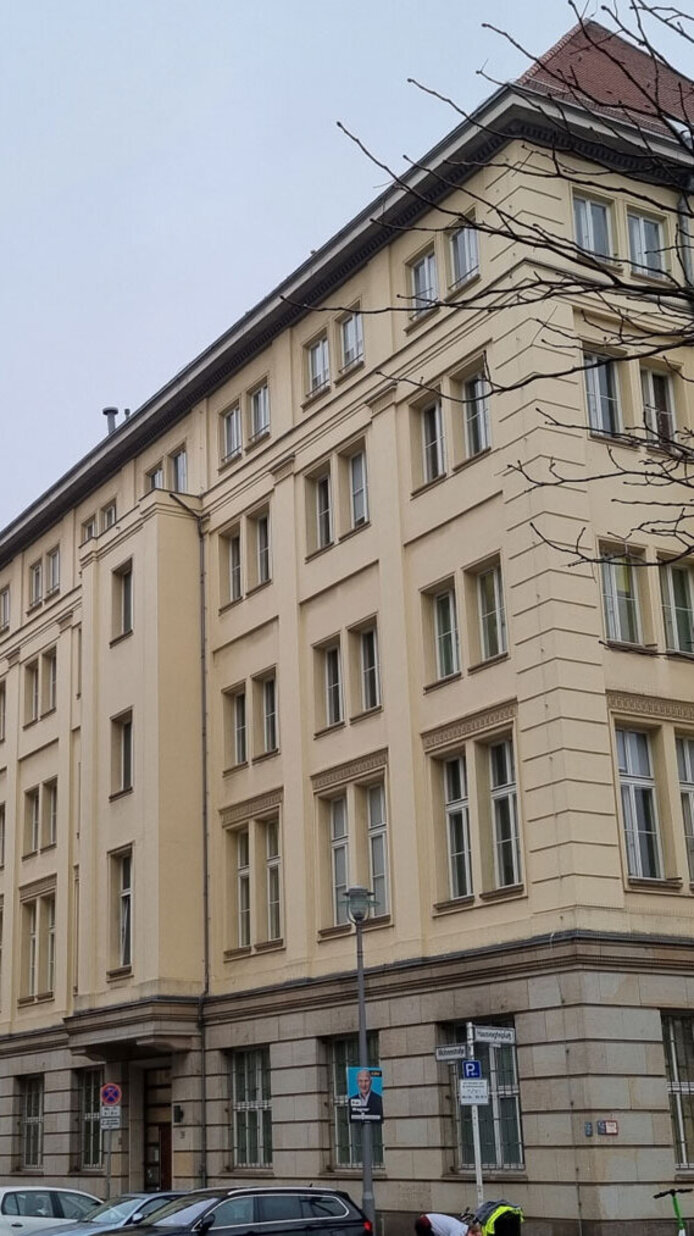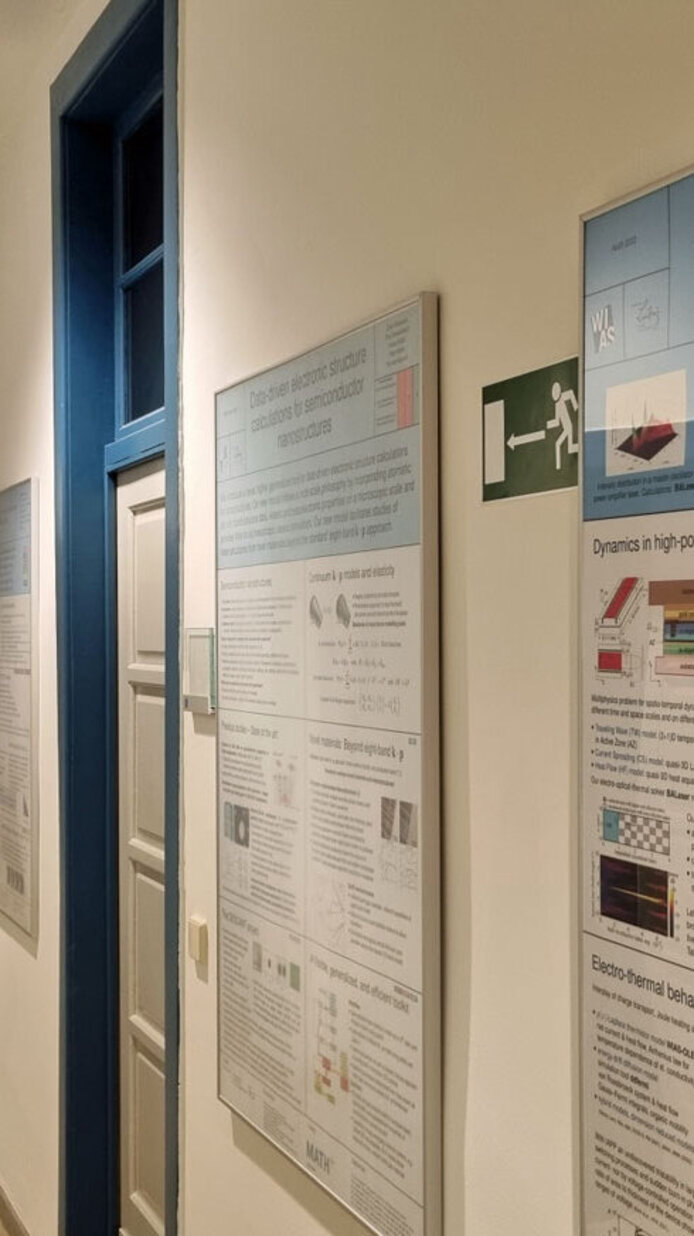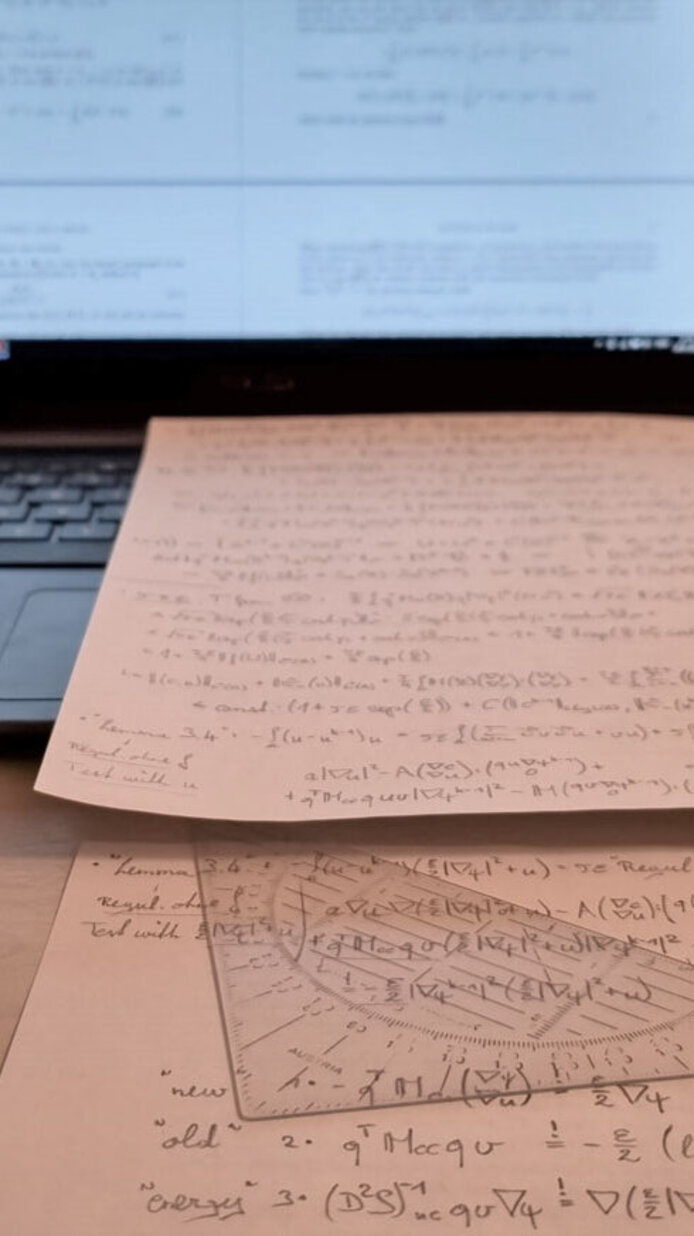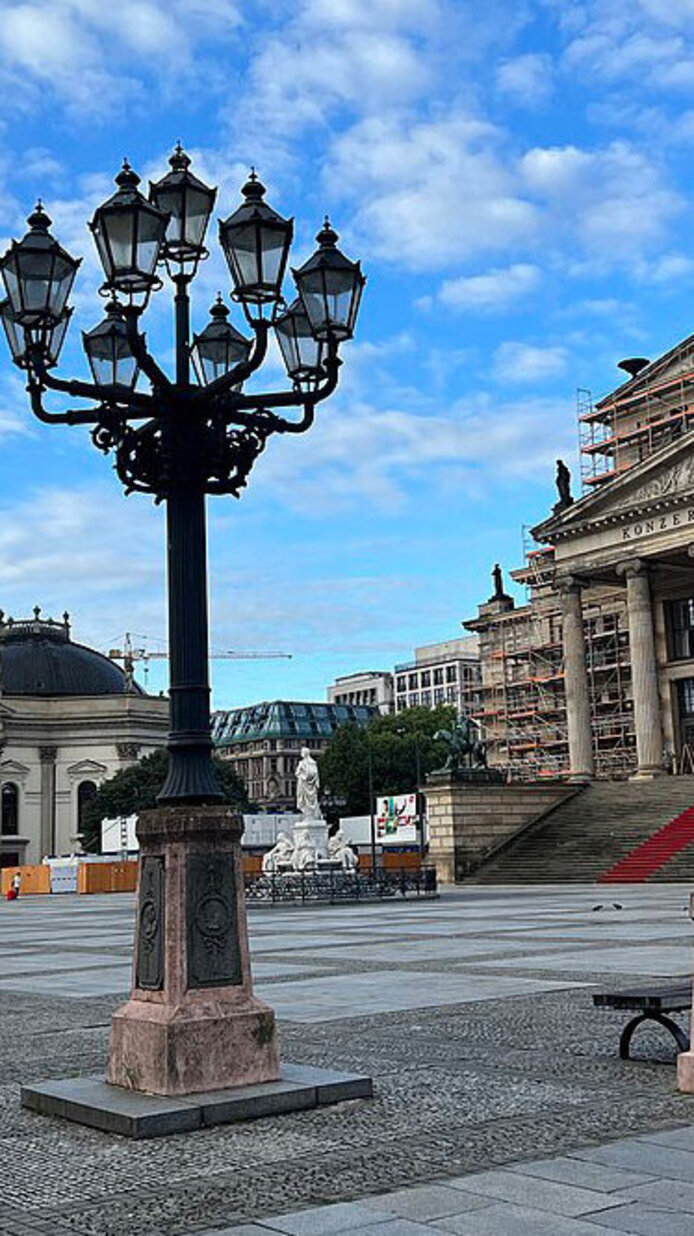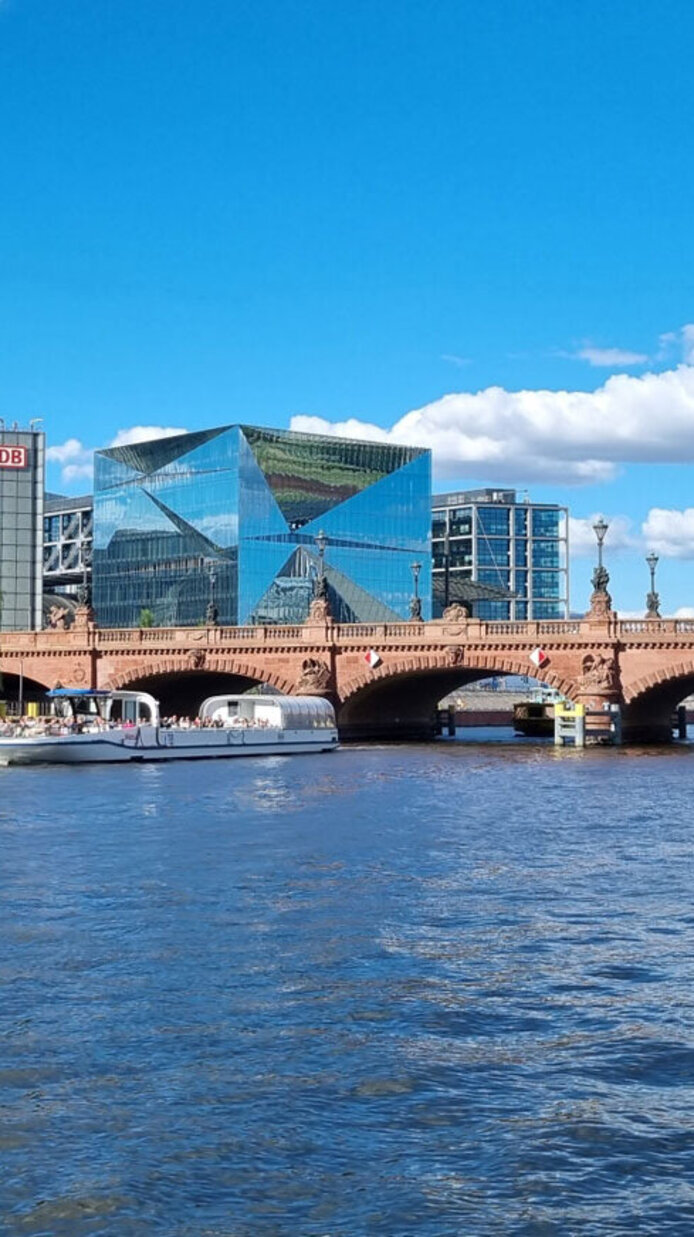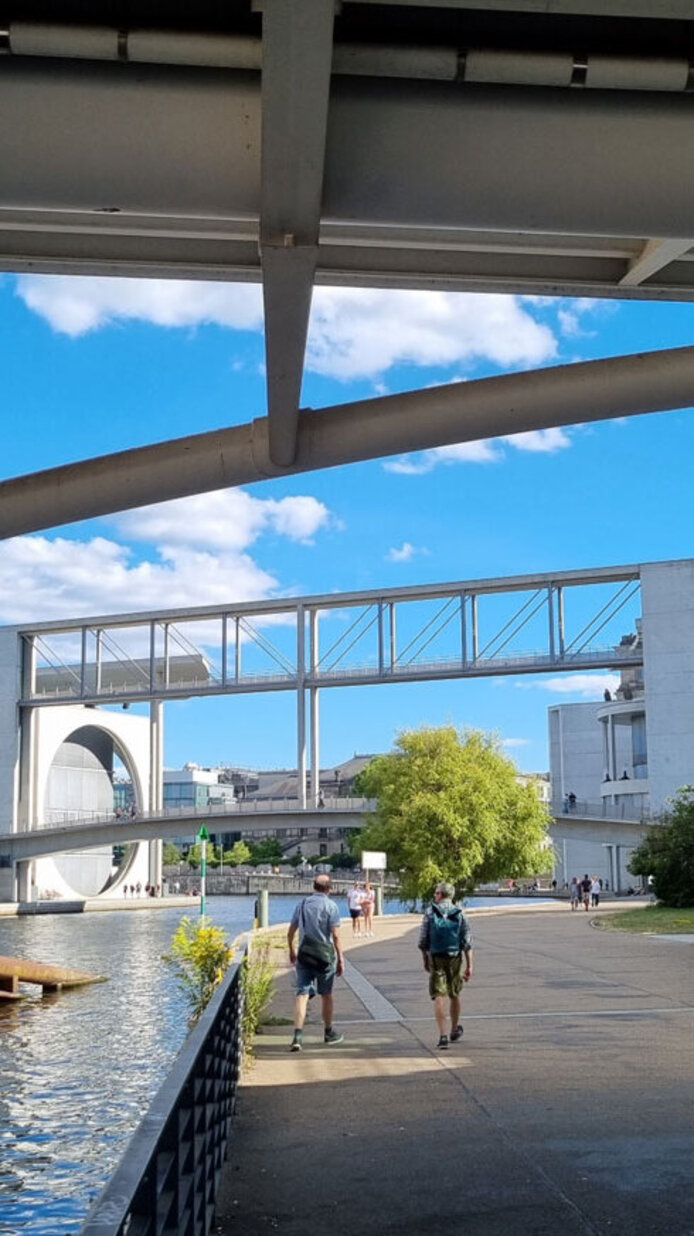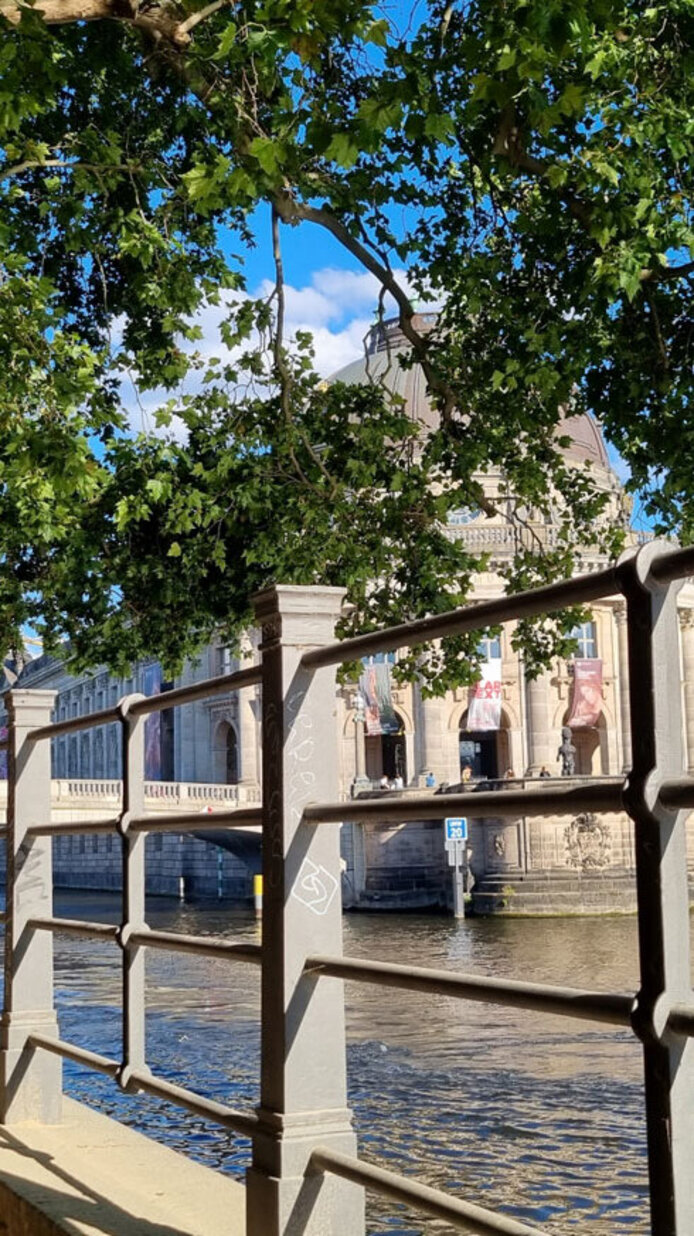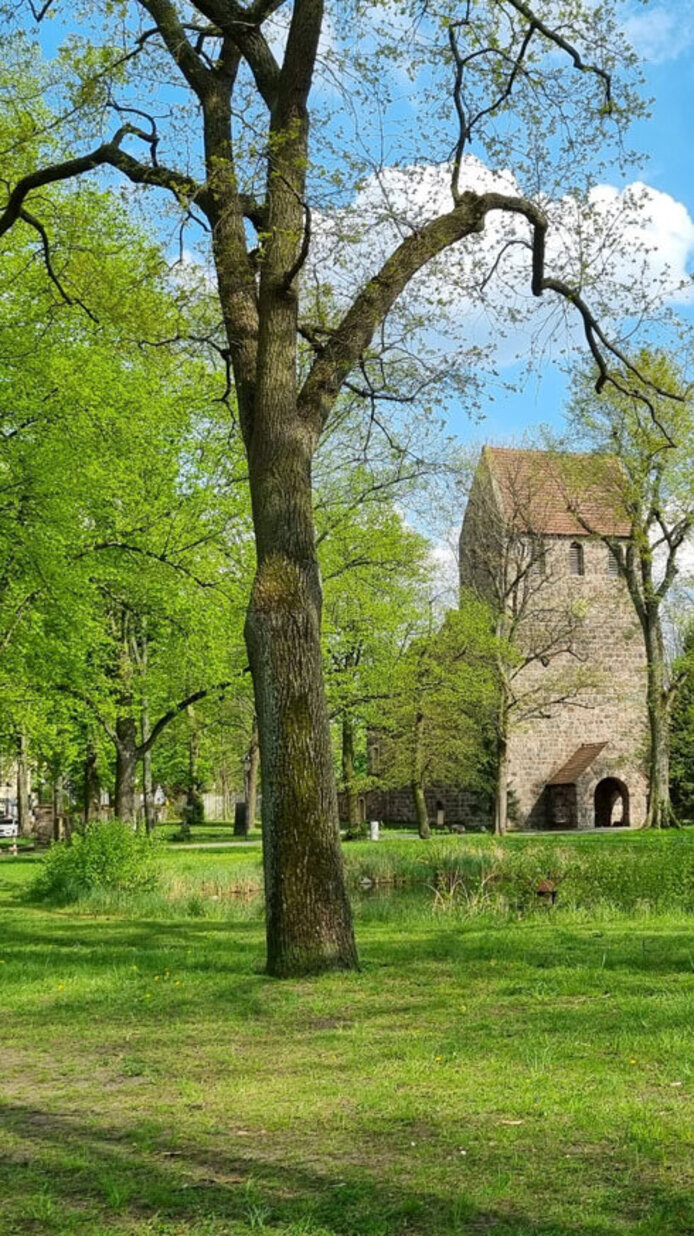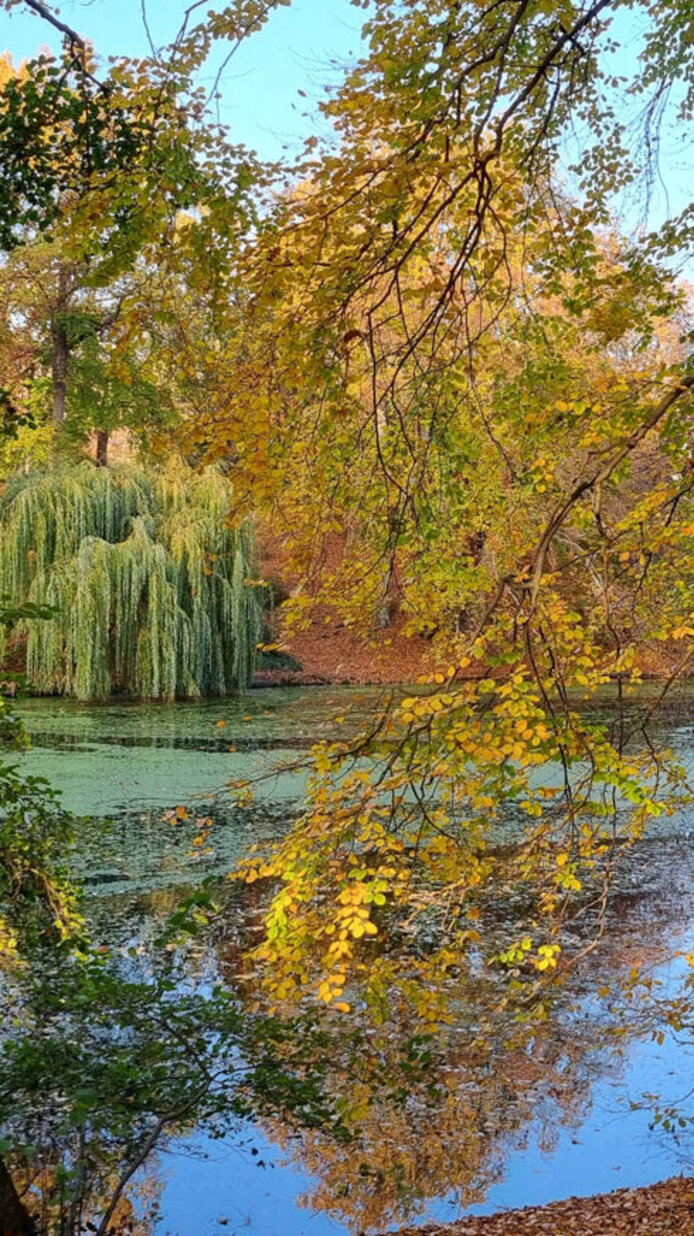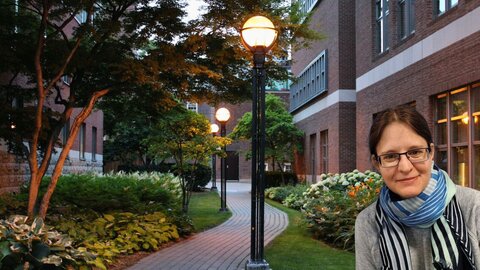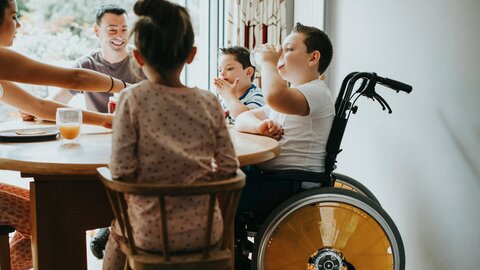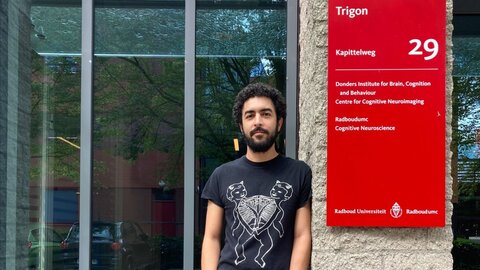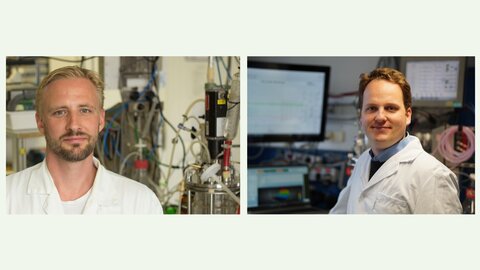Computing for the future in Berlin
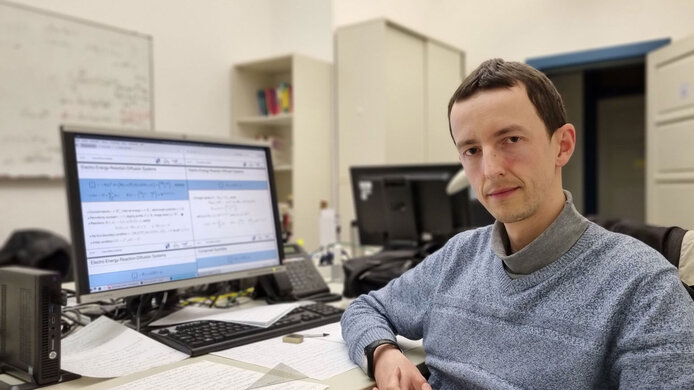
I gained my first research experience abroad while engaged in my doctoral studies in mathematics at the University of Graz. Although I spent only a few months at the TU Munich, the new surroundings meant a big change for me. Since I enjoyed working in an academic environment, I accepted a postdoctoral position at the Institute of Science and Technology Austria (ISTA) in Klosterneuburg at the end of 2017 and another one at TU Dortmund in 2020. I first went to the Weierstrass Institute for Applied Analysis and Stochastics (WIAS) in Berlin for a workshop in 2018 and then again in 2019 in the context of an “excellence fellowship”. During the Coronavirus pandemic in 2021 I applied for an FWF Schrödinger Fellowship to continue my research at WIAS, and I have been working here in Berlin since March 2022.
Applied mathematics for complex problems
My research project in the field of applied analysis relates to a special class of partial differential equations, so-called electro-energy-reaction-diffusion systems. These systems can be used to describe processes such as photosynthesis that feature both chemical reactions and physical diffusion processes. The issue becomes much more complex when you also take into account temperature and electric charge of the kind necessary for batteries, for instance. The aim of the project is to find solutions to these equations and to investigate their properties. In 2020, I was able to publish first results on a simpler system with my supervisor at WIAS, Alexander Mielke, and two other co-authors. During the return phase of the fellowship back in Graz I will work again with my PhD supervisor Klemens Fellner.
A hub for top international researchers
WIAS is a non-university research institute in the center of Berlin with an eminently international staff of about 150 people. While attending the 2018 workshop I gained an extremely positive first impression of the institute. Although I did not know anyone there at the time, the organizers welcomed me with remarkable openness and warmth. During my next visit a year later, the atmosphere felt almost like family. The location of WIAS probably adds to the good vibes, as you reach the canteen by walking across Gendarmenmarkt, which is often described as Berlin’s most beautiful square.
Cultural history and roots
I acknowledge that compared to Vienna, Berlin has fewer tourist sights, which stems of course from Berlin's latter-day history. But since Berlin is about twice the size of Vienna, there is a great deal to be discovered. On weekends, I like to explore new neighborhoods, and I found it interesting to see the large number of former village greens that have survived, which is something I would not have expected to find in this big city. Even the diminutive village churches from the Middle Ages have survived in many cases.
I have never felt a real sense of being “exiled” in Germany, of course. And after a year, I felt pretty much at home in Dortmund, Berlin and Vienna too. But whenever I take the train to Graz and the people around me start speaking with a Styrian accent, then I feel truly at home.
